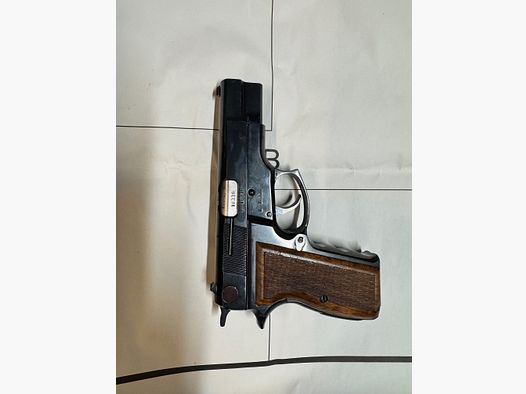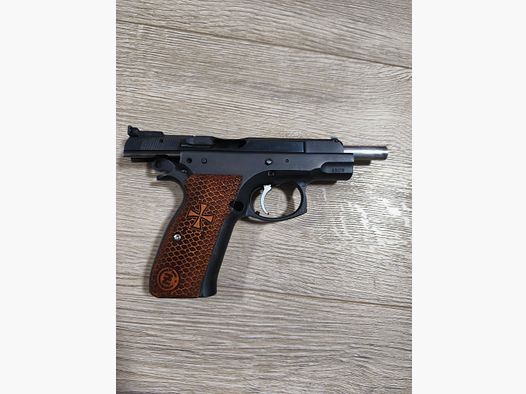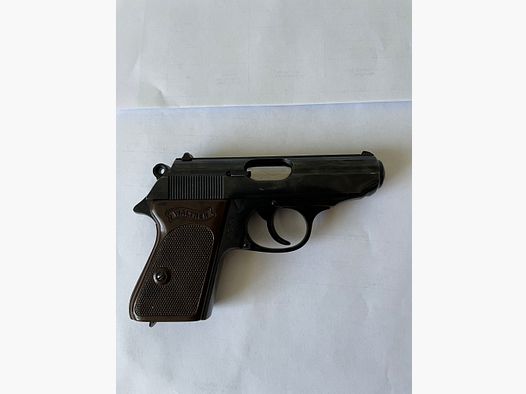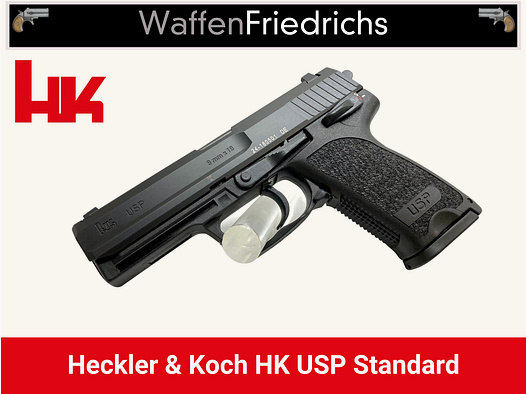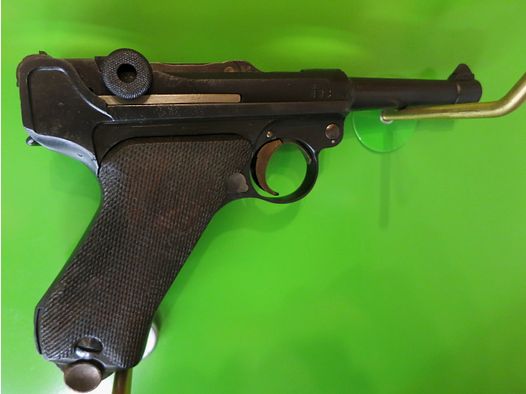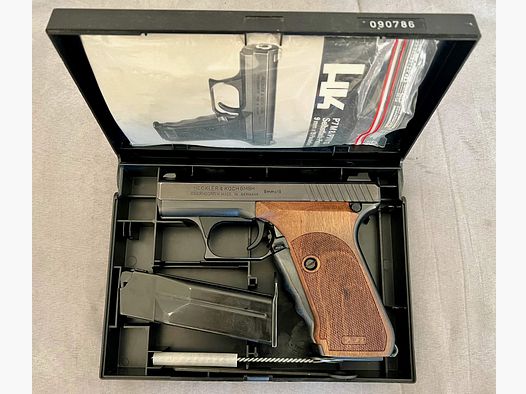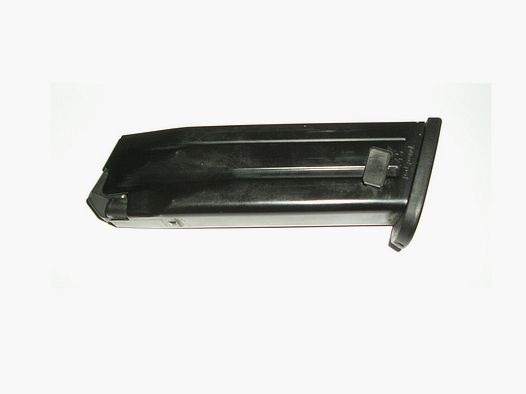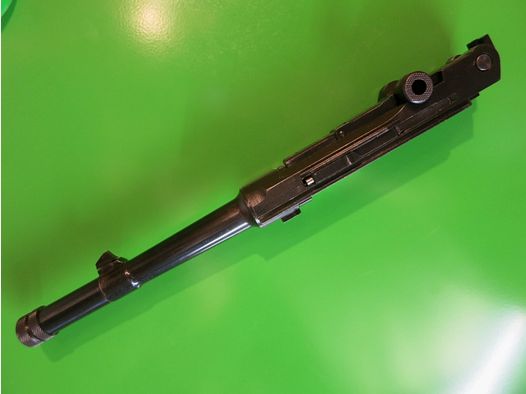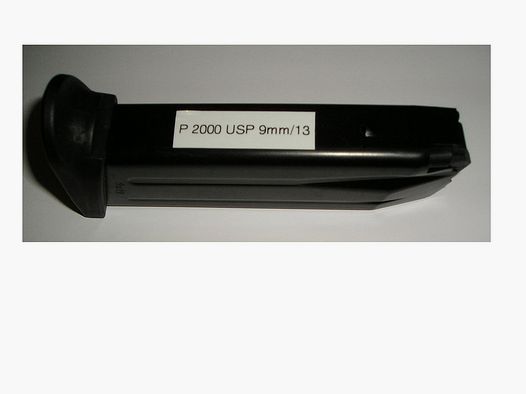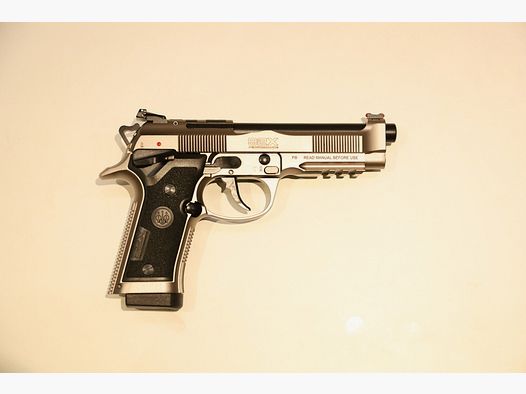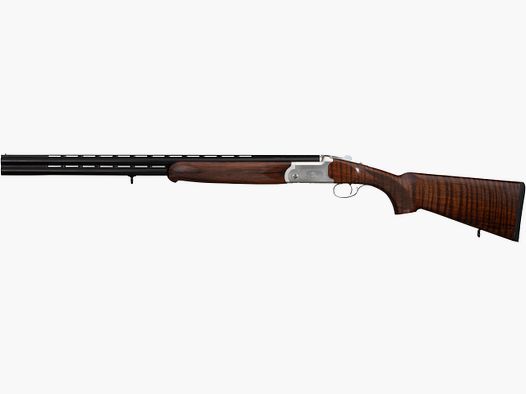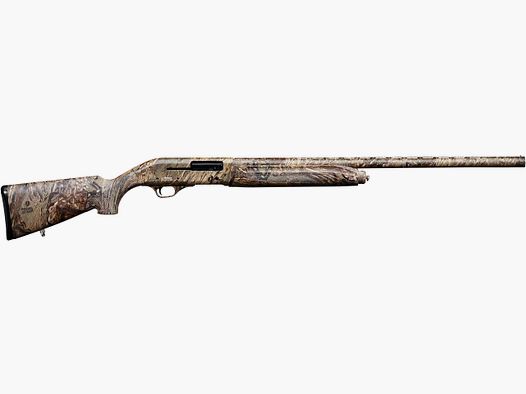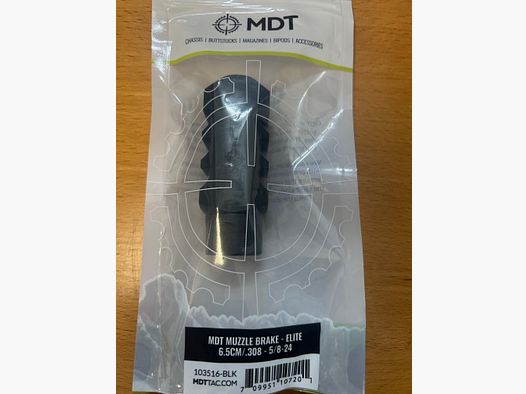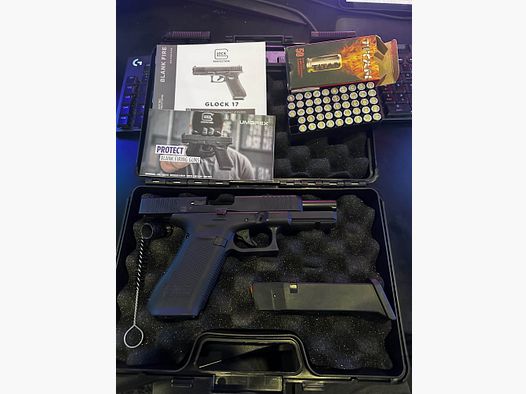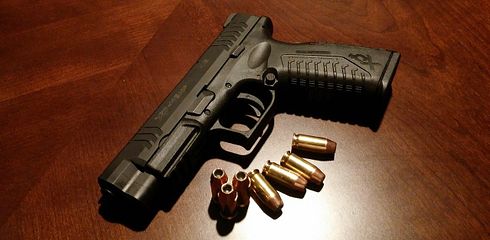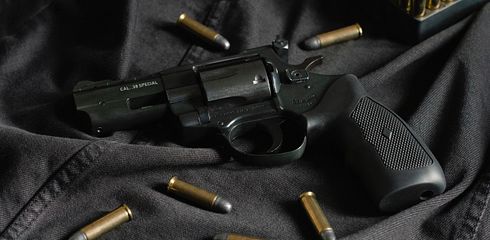The P08, also known as the Luger P08 or Parabellum pistol, is one of the most famous and widely used pistols in history. Its iconic shape and significance in various historical contexts make it a fascinating subject for both weapon enthusiasts and historians alike. In this article, we will explore the history, functionality, variants, usage, and current market situation of the P08.
History
The origins of the P08 lie in the work of Georg Luger, an Austrian firearms engineer. Luger was an employee of the Deutsche Waffen- und Munitionsfabriken (DWM), a German arms manufacturer. In the late 1890s, Luger developed an improved version of the C93 pistol designed by Hugo Borchardt. The C93 was one of the first self-loading pistols but suffered from a bulky design and complicated mechanics. Luger’s main innovation was to improve the toggle-lock system originally used by Borchardt. This system is based on a multi-part joint mechanism that resembles the knee joint of a human leg. When fired, the bolt is pushed back, the toggle joint flips up, ejecting the empty casing and chambering a new round. This design allowed for a compact and reliable self-loading pistol. The first significant order for the Luger pistol came in 1900 from the Swiss Army, which adopted it as Model 1900. This decision helped to make the P08 internationally known and paved the way for further orders.
The P08 was officially adopted by the German Army in 1908 and was designated "Pistole 08" or simply "P08". It replaced the outdated Reichsrevolvers and became the standard sidearm of the German armed forces. The P08 was appreciated for its precision, reliability, and ergonomic design. During World War I, the P08 proved to be extremely effective. It was used by both infantry soldiers and officers. Its reliability under the harsh conditions of war solidified its reputation as a high-quality military pistol.
After World War I and the Treaty of Versailles, Germany was significantly restricted in its arms production. Nevertheless, the P08 remained in use with the Reichswehr. In the 1920s, further improvements and variants were developed, including models with extended barrels and drum magazines. During the interwar period, the P08 also gained international popularity. It was exported to various countries and found favor with police forces and civilian shooters. Its popularity led to its appearance in numerous films and books, further enhancing its image.
With the rise of the Third Reich and the onset of World War II, the P08 experienced a renewed increase in production. It remained the standard sidearm of the Wehrmacht until the introduction of the Walther P38, which was cheaper and easier to produce. Nevertheless, the P08 continued to be manufactured and used in large quantities. After the end of World War II, production of the P08 was halted. Many examples were taken as war trophies by the Allies and found their way into collections and museums worldwide. However, the P08 remained popular among collectors and weapon enthusiasts, leading to sustained demand.
Functionality
The P08 is a semi-automatic pistol that uses a toggle-lock mechanism. This unusual locking system is based on a toggle joint mechanism that opens when fired, ejecting the casing before closing again and chambering a new round. This construction gives the P08 its characteristic shape and smooth recoil.
The pistol uses the 9 mm Parabellum caliber, also known as 9x19 mm, making it a powerful and widely used ammunition. The magazine well is located in the grip and typically holds eight rounds. A manual safety on the left side of the frame allows the shooter to carry the weapon safely.
Variants
Throughout its production history, several variants of the P08 have been developed. Here are some of the most notable:
- Naval Models: Special versions of the P08 were developed for the German Navy. These models had longer barrels and sights optimized for use at sea.
- Artillery Models: These variants also had longer barrels and were often equipped with drum magazines that offered a higher ammunition capacity.
- Pistol 29: This variant was produced in Switzerland under the designation Pistol 29 and featured some modifications to meet the specific requirements of the Swiss Army.
Usage
The P08 was the standard sidearm of the German armed forces during World War I and World War II. Its reliability and precision made it popular among soldiers. In addition to its military use, the P08 also found favor with police forces and civilian shooters.
After World War II, the P08 was featured in many films and television shows, further strengthening its cultural significance. It remains a symbol of German military history and is often presented in historical documentaries and exhibitions.
Market Situation
Today, the P08 is a sought-after collector's item. Original models from the world wars can fetch high prices at auctions and in specialized gun shops. The condition of the weapon, the serial number, and its historical significance greatly influence its market value. Models offered for sale online often fall into the four-digit price range.
Replicas and reproductions are also available, providing a more affordable alternative for shooters and collectors who wish to own a P08. These modern versions are often available in various calibers and offer the opportunity to enjoy the classic design of the P08 without having to pay the high costs of an original model. It is estimated that of the originally produced two to three million pistols, a significant portion still exists. Many of these are still functional and are traded on the collector's market. The exact number of specimens actually in circulation varies depending on the source and the definition of what is considered "in circulation" (including functional weapons, museum pieces, and collectibles). A conservative estimate might suggest that hundreds of thousands of P08 pistols still exist, with a significant portion of them being kept in collections and museums.
Conclusion
The P08 is more than just a weapon; it is a piece of history. Its unique mechanics, versatile variants, and extensive use make it a fascinating object for anyone interested in military history and firearms technology. Whether as a collector's item or as a functional firearm, the P08 remains a symbol of precision and engineering excellence.



